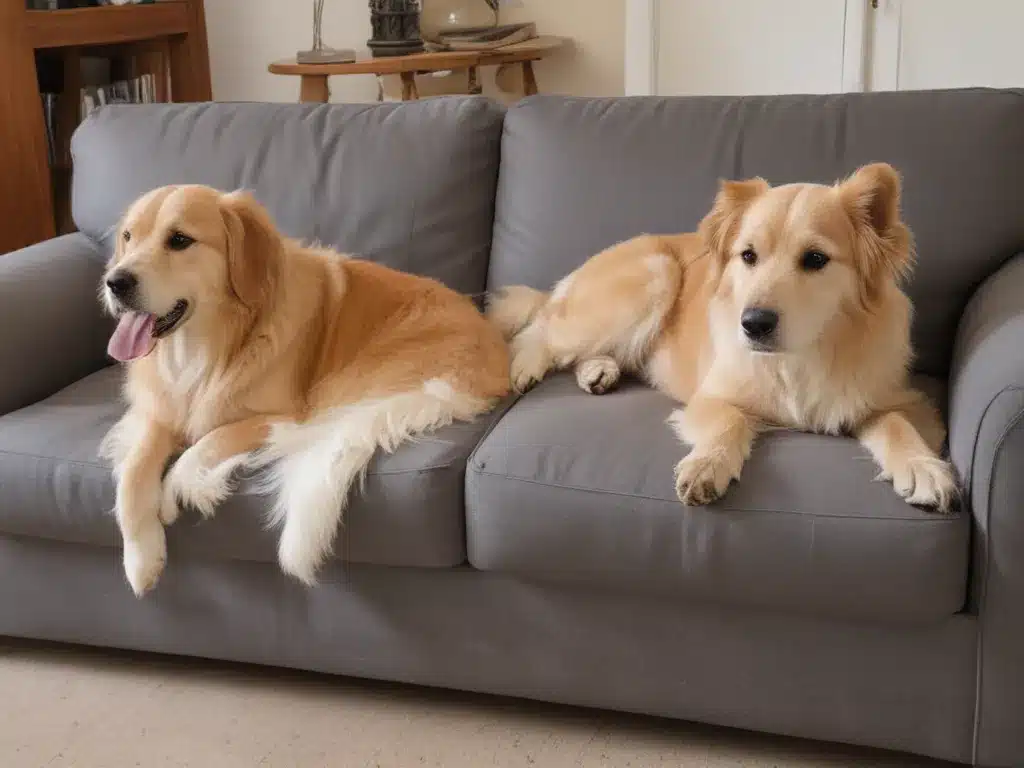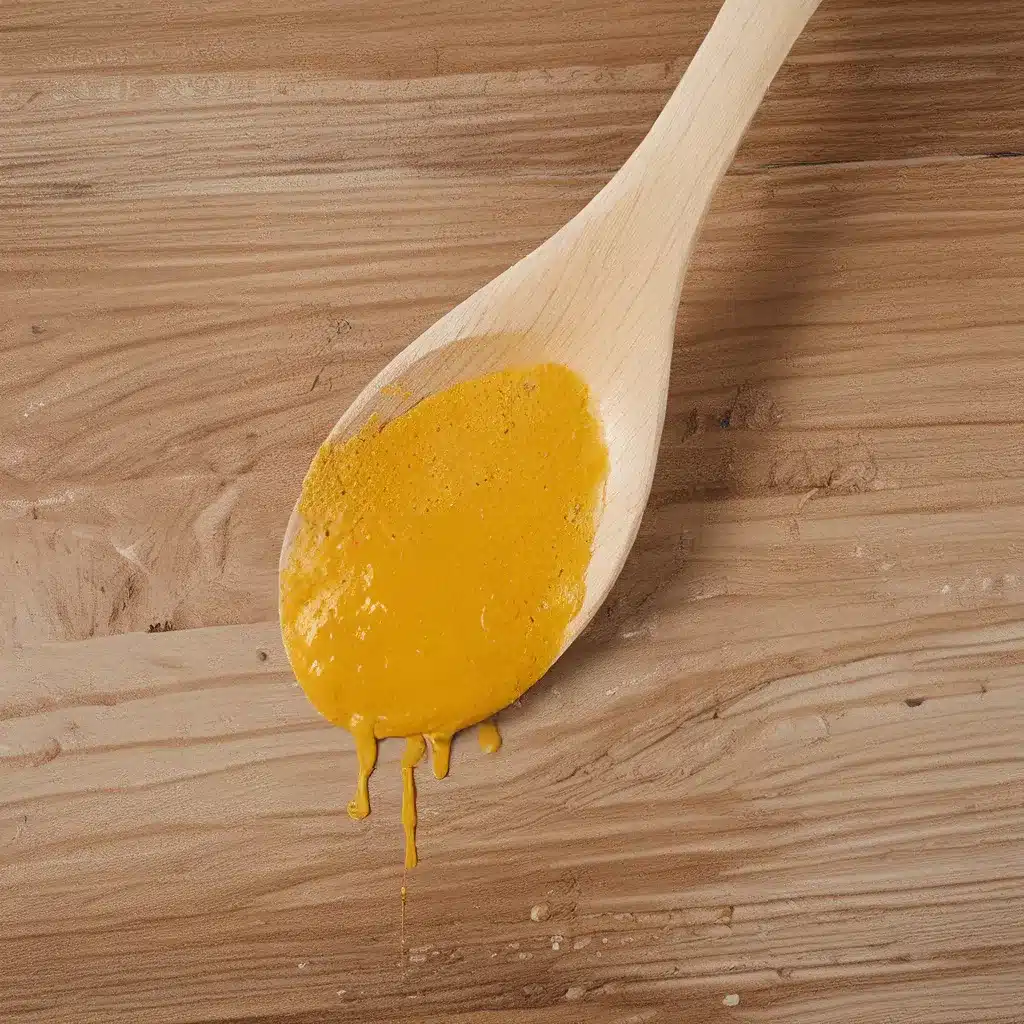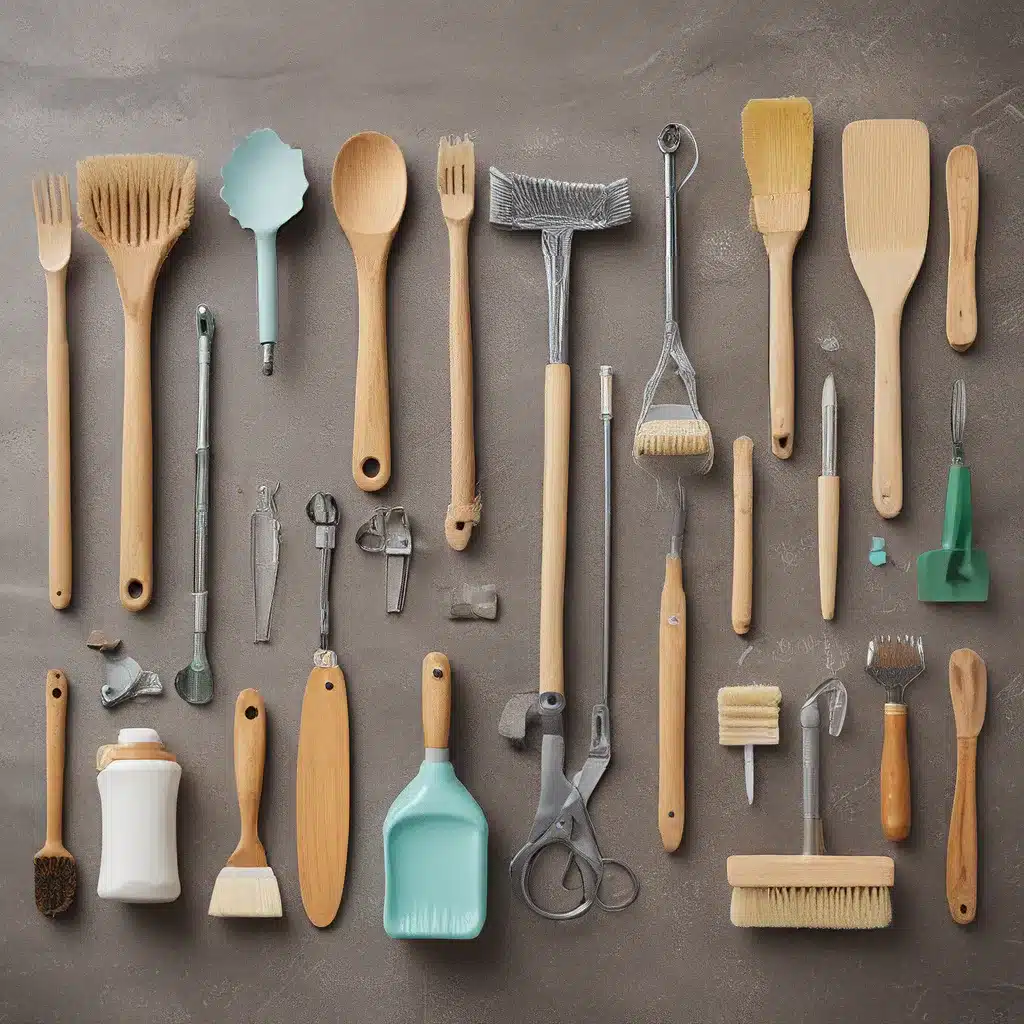Understanding the Problem: Dealing with Claw Marks on Your Sofa
As a pet owner, I understand the joy and companionship that our furry friends bring into our lives. However, one common challenge we face is the inevitable damage they can cause to our furniture, particularly our beloved sofas. The sight of those unsightly claw marks can be disheartening, and it’s natural to feel a sense of frustration when your favorite piece of furniture has been marred by your pet’s playful behavior.
The good news is that there are effective ways to restore your sofa and prevent further damage. In this comprehensive guide, I will share my expert insights and practical tips to help you reclaim the beauty and comfort of your sofa, while maintaining a harmonious relationship with your pet.
Identifying the Underlying Causes
Before we dive into the restoration process, it’s essential to understand the reasons behind your pet’s sofa-clawing behavior. This knowledge will not only help you address the problem at its core but also inform the best approach to restoring your sofa.
One common cause is that your pet may be scratching the sofa to remove the dead outer layer of their nails, a natural behavior that helps them maintain healthy claws. Additionally, some pets may scratch as a way to mark their territory or relieve stress and anxiety.
By identifying the specific reasons for your pet’s clawing behavior, you can take targeted steps to address the issue and prevent further damage to your sofa.
Preparing the Sofa for Restoration
Once you have a clear understanding of the underlying causes, the next step is to thoroughly inspect your sofa and assess the extent of the damage. Carefully examine the affected areas, taking note of the depth and distribution of the claw marks.
This information will guide the restoration process, as the specific approach may vary depending on the severity of the damage. In some cases, the claw marks may be superficial and can be addressed through simple methods, while more extensive damage may require more comprehensive restoration techniques.
Exploring Restoration Techniques
Addressing Superficial Damage
For minor claw marks or scratches on your sofa, you may be able to address the issue using a few simple techniques. One effective method is to use a furniture touch-up marker or crayon that matches the color of your sofa’s upholstery. Gently fill in the scratches, blending the color to create a seamless appearance.
Another option is to use a furniture repair wax, which can help to fill and smooth out the scratches. Simply apply the wax to the affected areas, following the manufacturer’s instructions, and then buff it to a smooth finish.
Tackling Deeper Damage
If the claw marks on your sofa have penetrated deeper into the fabric or cushions, you may need to consider more comprehensive restoration techniques. One option is to have the sofa reupholstered, which involves replacing the damaged fabric with a new, fresh covering.
This process can be particularly effective if the damage is widespread or if you’re looking to change the overall aesthetic of your sofa. Keep in mind, however, that reupholstering can be a more expensive and time-consuming solution.
Exploring Fabric Repair Alternatives
For those who prefer a more cost-effective and DIY-friendly approach, there are fabric repair kits available that can help to mend and conceal the claw marks on your sofa. These kits typically include adhesives, patches, and other materials that can be used to patch and blend the damaged areas.
It’s important to carefully follow the instructions provided with the repair kit and to test the materials in an inconspicuous area before applying them to the visible parts of your sofa.
Preventing Future Damage
Alongside the restoration process, it’s crucial to address the underlying causes of your pet’s sofa-clawing behavior to prevent future damage. This may involve providing your pet with appropriate scratching posts or pads, training them to use these designated areas, or using deterrents such as furniture covers or sprays.
By addressing the root causes of the problem, you can not only restore your sofa to its former glory but also enjoy a lasting solution that prevents further damage and maintains a harmonious relationship with your pet.
Incorporating Pet-Friendly Design Elements
If you’re looking to create a more pet-friendly environment in your home, consider incorporating design elements that can help to protect your furniture and accommodate your pet’s natural behaviors. This may include investing in durable, stain-resistant fabrics for your sofa, or choosing furniture with smooth, rounded edges to prevent further damage from scratching or chewing.
You can also explore the use of slipcovers or sofa covers, which can provide an additional layer of protection while allowing you to maintain the aesthetic appeal of your furniture. These covers can be easily removed and cleaned, making them a practical solution for pet owners.
Seeking Professional Assistance
In some cases, the damage to your sofa may be so extensive that it requires the expertise of a professional furniture restoration specialist. These experts have the knowledge, tools, and experience to assess the damage, develop a comprehensive restoration plan, and execute the necessary repairs to bring your sofa back to its former glory.
While professional restoration services may come with a higher price tag, the investment can be well worth it, especially if the sofa holds sentimental value or is a high-quality piece of furniture. By entrusting the restoration process to the hands of a skilled professional, you can ensure that your sofa is repaired to the highest standard and that any underlying issues are properly addressed.
Embracing a Balanced Approach
As a pet owner, I understand the delicate balance between maintaining a comfortable, stylish living space and accommodating the unique needs and behaviors of our furry companions. The key is to approach the restoration of your sofa with a well-rounded perspective that considers the well-being of both you and your pet.
By understanding the underlying causes of your pet’s sofa-clawing behavior, exploring the various restoration techniques available, and incorporating pet-friendly design elements, you can reclaim the beauty and comfort of your sofa while fostering a harmonious relationship with your beloved pet.
Remember, the journey to restoring your sofa after pet clawing is not just about repairing the physical damage – it’s about finding a sustainable solution that supports the overall well-being of your home and the family members (both human and animal) who inhabit it.
If you’re in need of professional assistance or would like to explore our range of cleaning and restoration services, I encourage you to visit our website at AdamCleaning.uk. Our team of experts is dedicated to helping you overcome the challenges of pet ownership and reclaim the beauty and comfort of your home.







